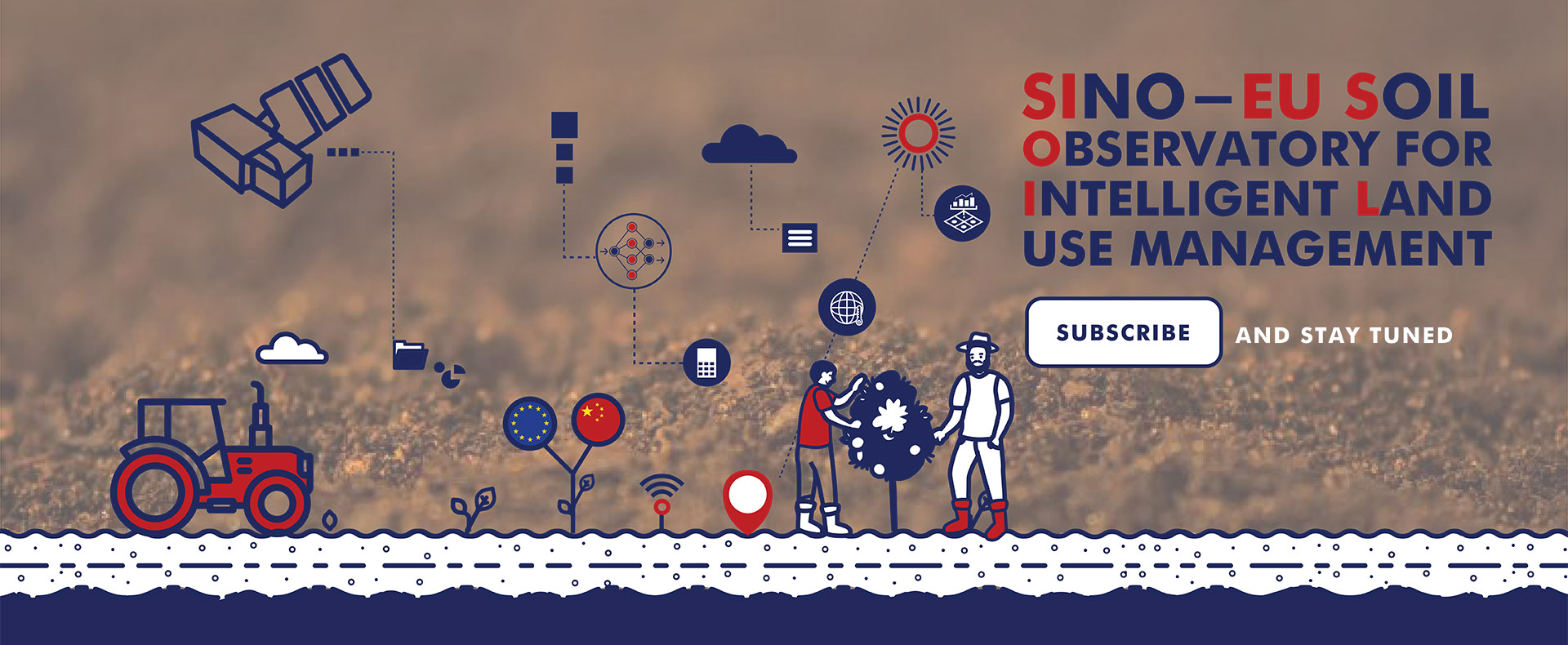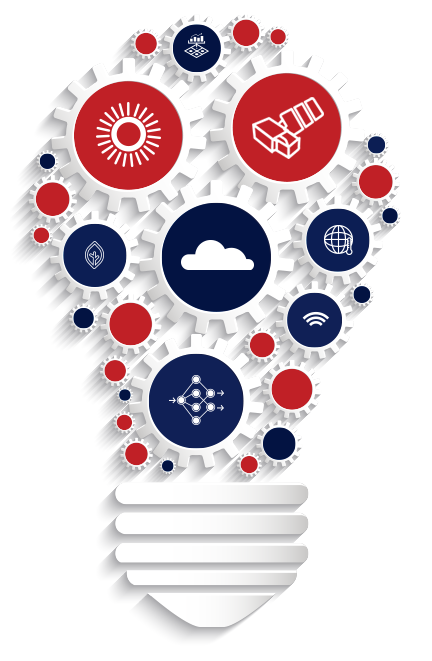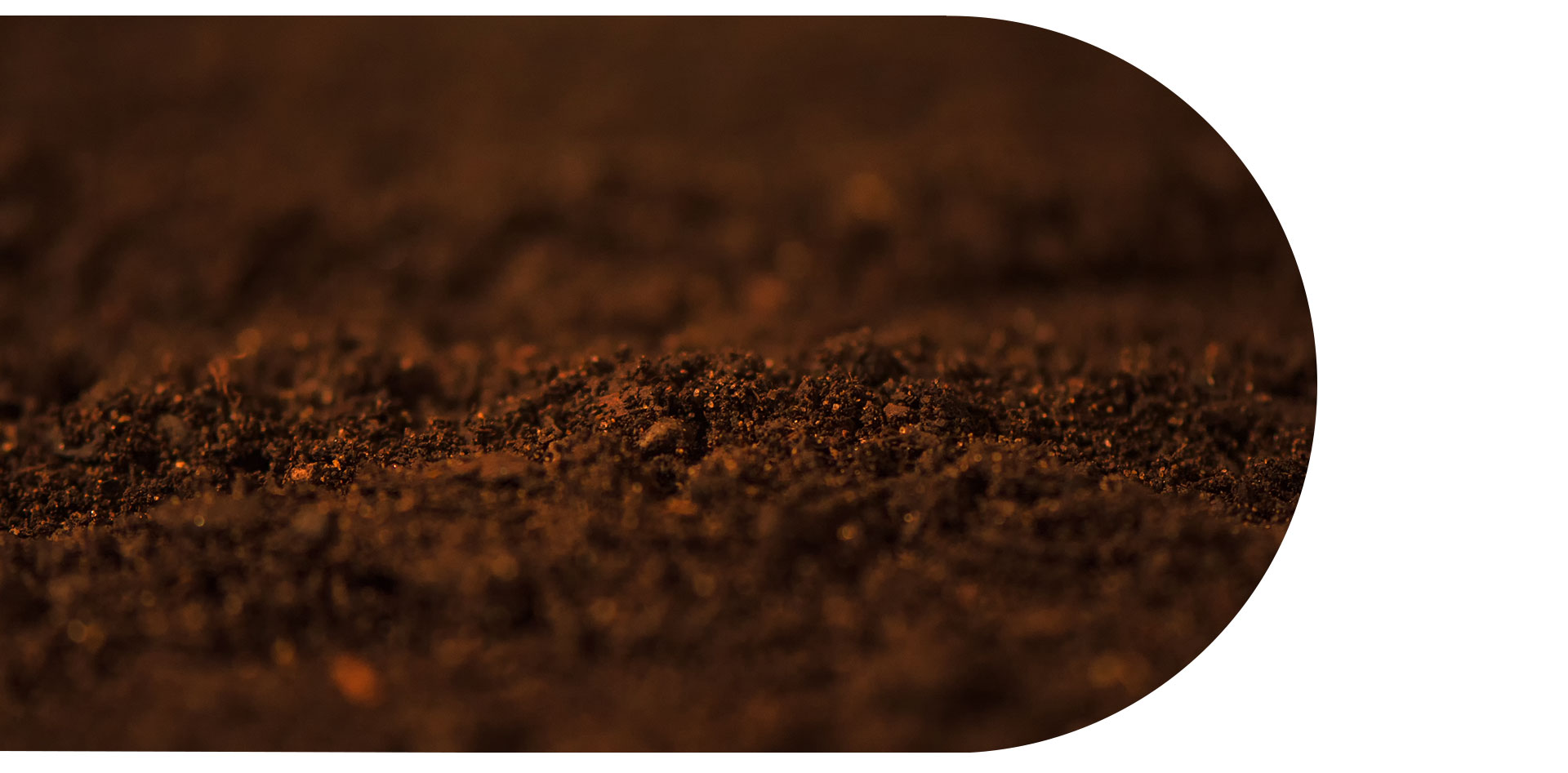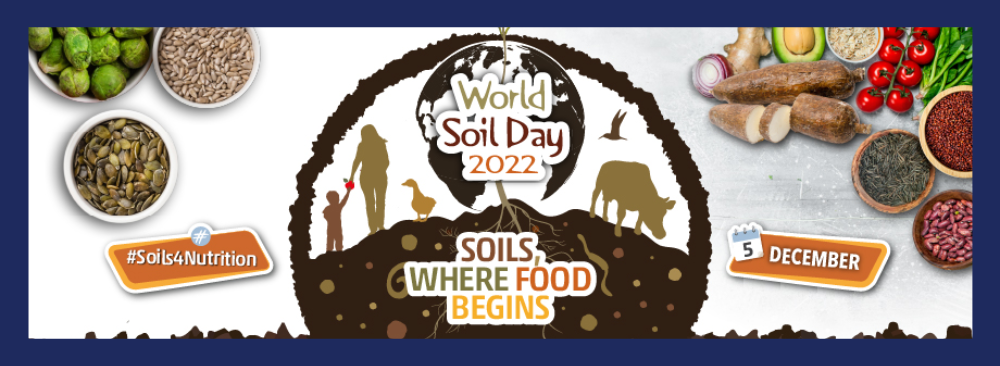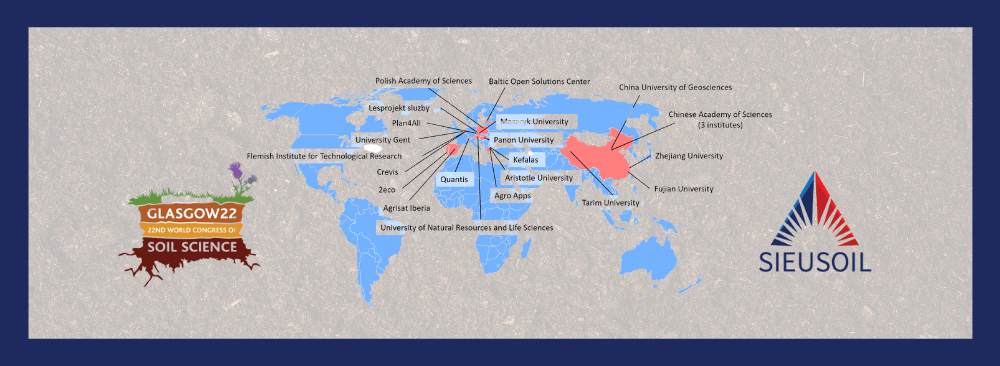Sino-EU Soil Observatory for
Intelligent Land Use Management
SIEUSOIL aims to develop sustainable and holistic soil management practices based on a harmonised land information system suitable for diverse climate and operation conditions along different EU and China locations.
A research platform consisting of advanced crop and soil sensing tools, modelling and data fusion, digital soil mapping and farm management information systems will be developed to maximise land productivity and socio-economic benefits, while minimising the environmental impacts.


